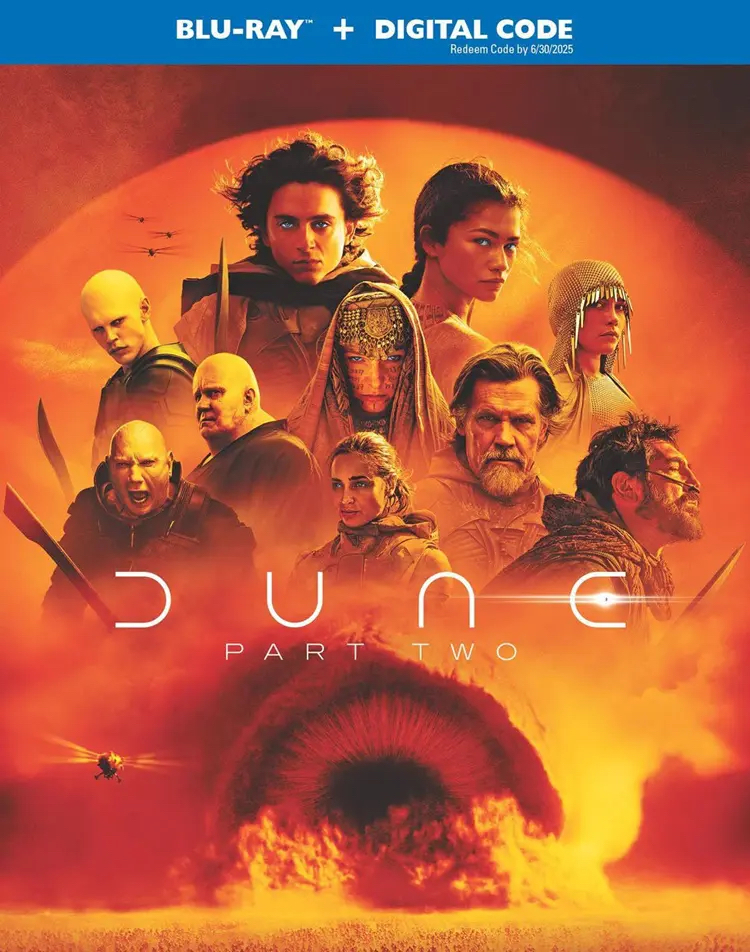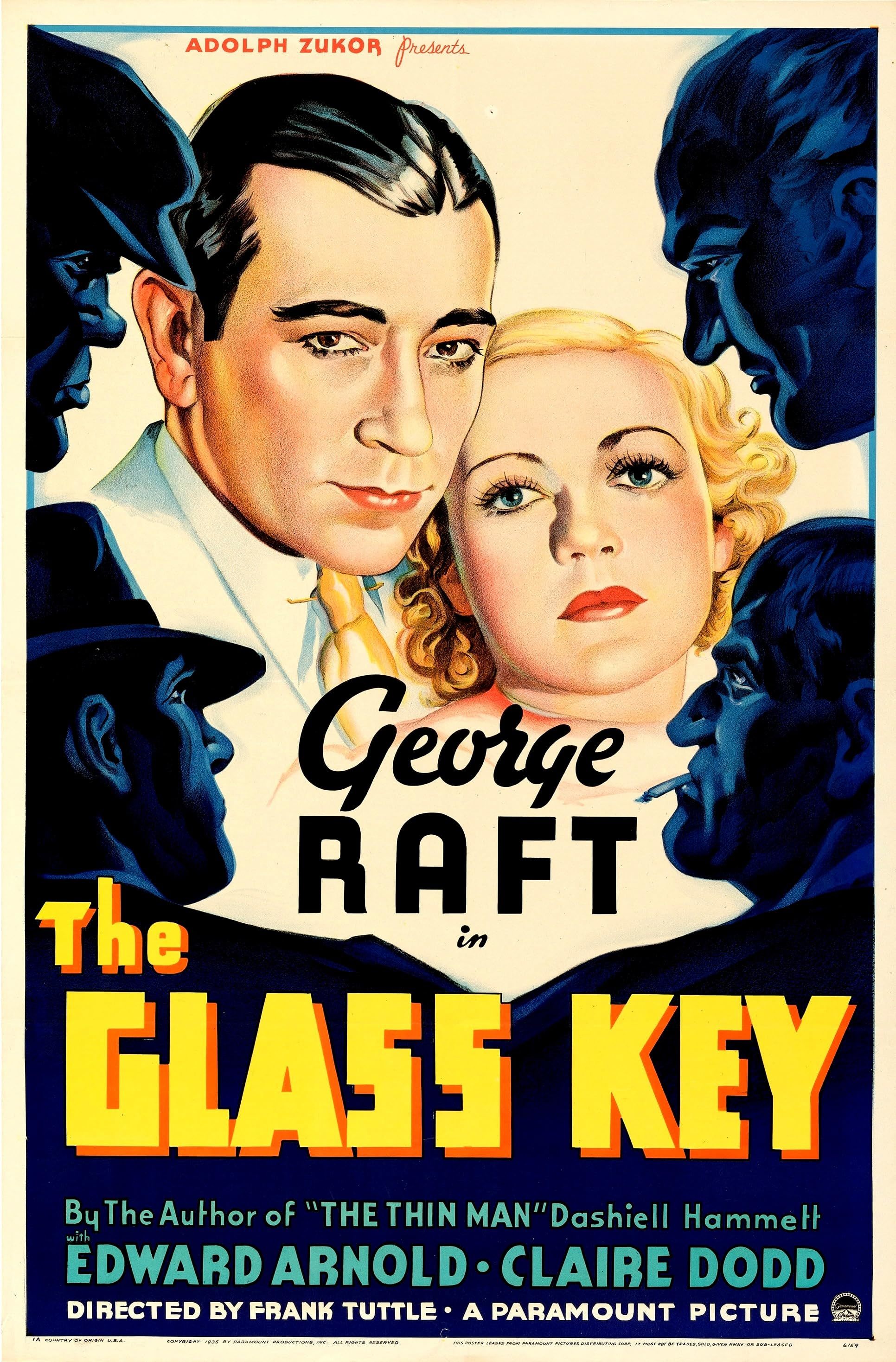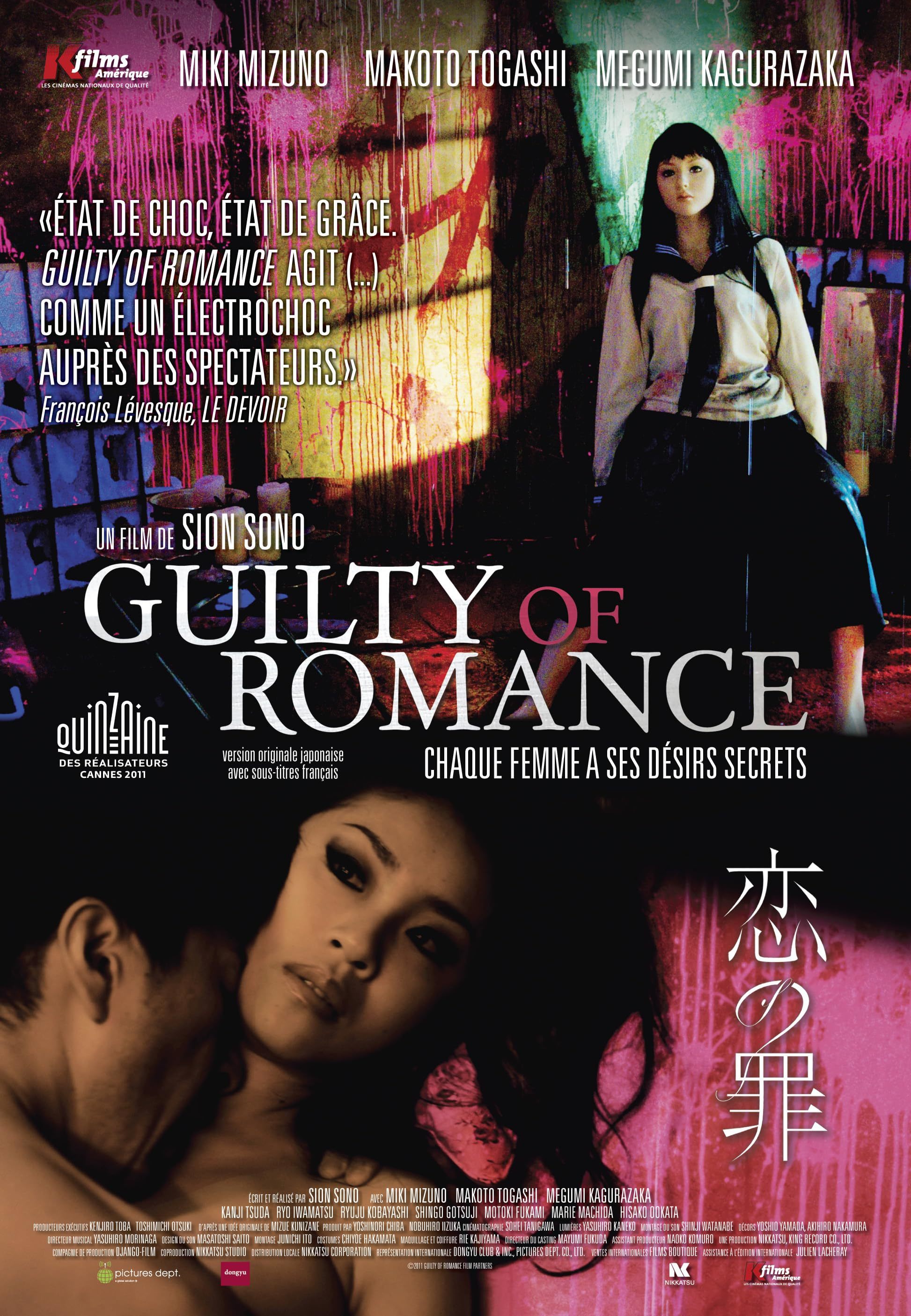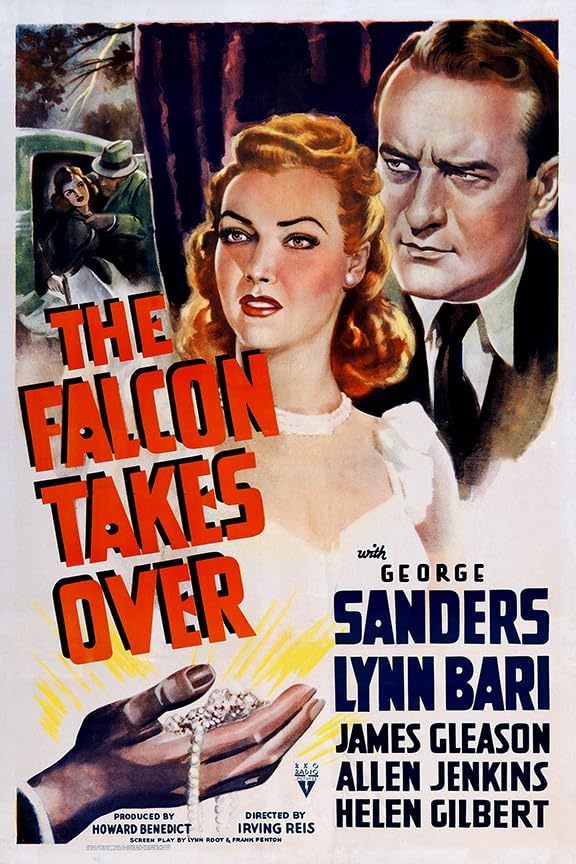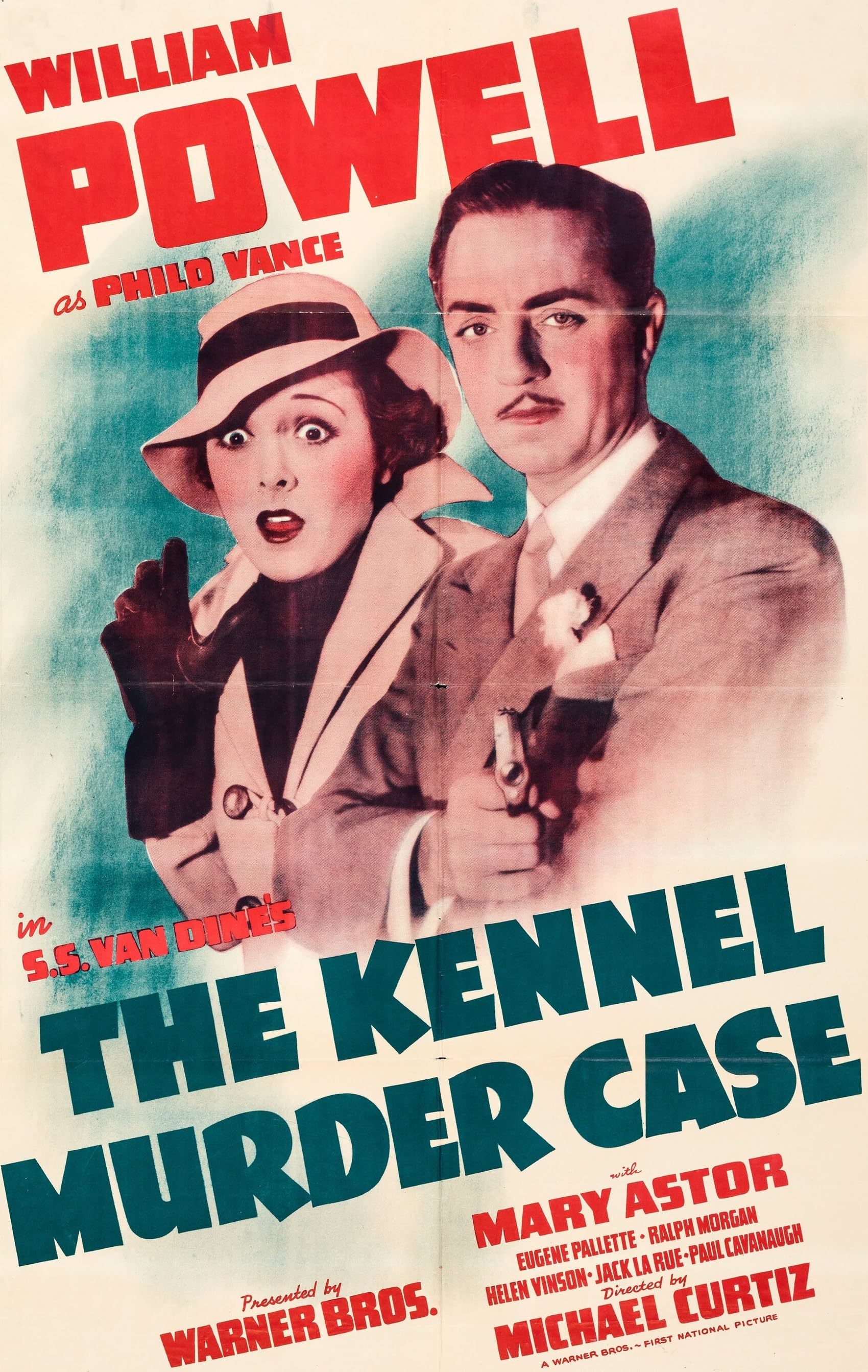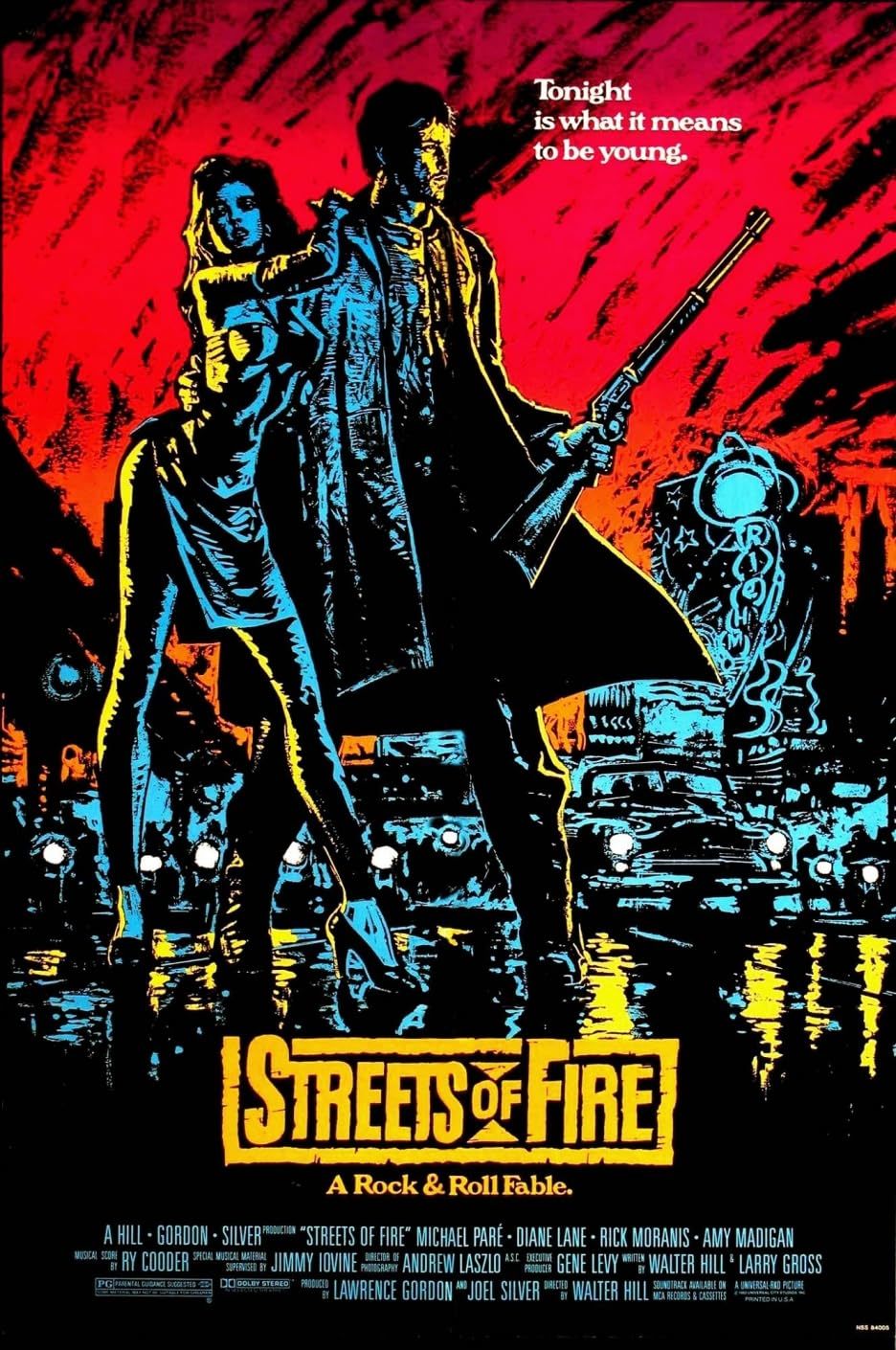
I have this very vague memory of watching Starman as a kid. This would have been the mid to late 80s, I was in my early teens, definitely pubescent. I think Mom rented it. I wouldn’t have known who John Carpenter was at that point, but I’d definitely known Karen Allen from Raiders of the Lost Ark, and I’d probably seen Tron by that point and known Jeff Bridges from it.
Starman seems like a very mature movie for me to have watched at the time, so I’m guessing Mom got it for her and since I knew those actors and I liked alien movies I gave it a watch. I definitely remember not liking it, finding it rather boring.
I know I was pubescent because Karen Allen has an early scene in her underwear and that image has stuck in my brain all these years later.
I’ve since become a very big John Carpenter fan, but have put off watching this since that early viewing for having that memory of it being dull.
But it is the Awesome 80s in April and I’ve been watching a lot of early Jeff Bridges movies so I decided to give it another shot.
I still found it to be kind of dull.
Boring means something different to me now, and Starman definitely has its merits, but there is still something flat about it that didn’t appeal to me.
Karen Allen plays Jenny Hayden, a woman living on her own in an isolated lakeside cabin in Wisconsin. She’s a widow, having recently lost her husband in an accident. She spends her nights watching old home movies of him and feeling sad.
The Voyager 2 space probe makes contact with a distant alien race. They send Jeff Bridges (or rather an alien form that eventually takes the shape of Jeff Bridges – or rather Jenny’s late husband who is played by Jeff Bridges).
He immediately decides the planet is hostile and takes Jenny hostage on a road trip to that big crater in Arizona. They eventually become friends, and fall in love. Meanwhile, they are being chased by the Military led by Mark Shermin (Martin Cruz Smith) who is really a scientist interested in aliens, and unlike the rest of the Army men, doesn’t want to hurt the alien.
Basically, it is a road movie with the two leads getting romantic while Bridges is a fish out of water.
Allen and Bridges are great (Bridges was nominated for an Oscar). He gives his alien a lot of physical quirks and ticks. Carpenter and cinematographer Donald M. Morgan created some lovely images. Some of the effects are a little dated, but there’s nothing cringe-worthy.
It is a fine little film, but there’s just not much to it. Carpenter says he was inspired by The 39 Steps and It Happened One Night both of which are much better films. He also says he was trying to get away from the thriller/horror films he’d become famous for. But it should be noted he made Big Trouble In Little China after this.
